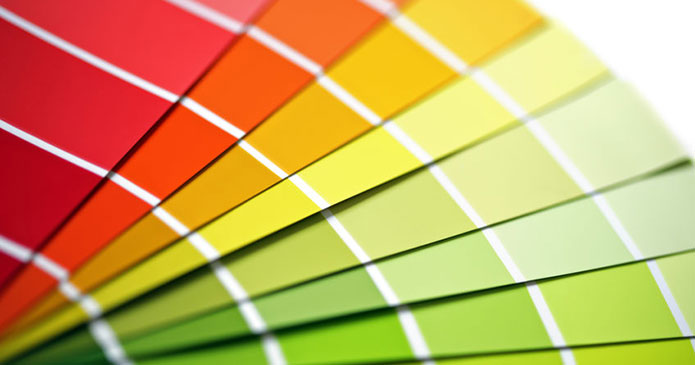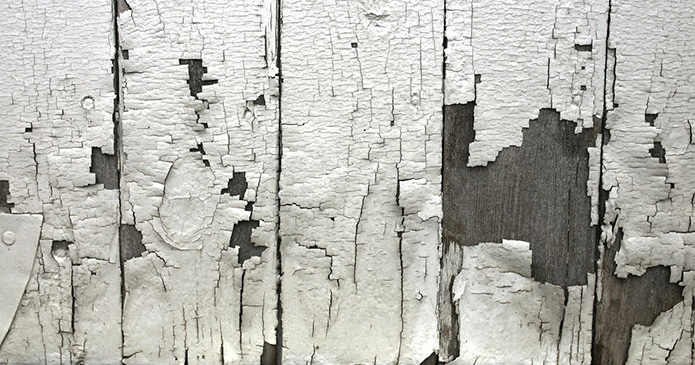House painting can seem like an easy enough task but it comes with its fair share of problems when done incorrectly. Whether you are running into these problems during a current painting project, are finding these occurring on an old paint job or are researching to ensure prevention before tackling house painting, we hope learning of these common paint problems will assist you.
Common Paint Problems
-
Blistering – Small bumps or blisters that form on paint are possibly caused by painting in direct sunlight on a hot surface, or on damp wood trapping moisture under the paint. The paint will then raise in bubbles on the surface leaving an uneven texture and appearance. You will need to repair the surface by sanding the blistered area to bare wood and repainting when it is dry and cool.
-
Peeling – Peeling is a common problem that occurs when the paint does not properly adhere to the surface it was applied to. It will pull away in patches revealing the surface underneath. This could be a result of improper preparation to the surface before it was painted, blistering paint that was not repaired, or the use of a low quality paint. The peeling paint will need to be scraped away, the surface properly cleaned and primed, and then repainted.
-
Alligatoring – A cracked pattern resembling alligator skin is possibly caused by a second coat of paint that was applied before the first coat of primer was fully able to dry. It could also be from a second coat of paint that was applied over a first coat it was incompatible with. Paint will need to be removed and the surface sanded, primed and repainted.
-
Running Paint – Paint that is dripping or running may be caused by applying a coat too heavily. It is best to try to correct while the paint is still wet by catching the excessive paint and redistributing evenly. Dripping or running paint can be prevented by applying two thin coats of paint as apposed to one thick coat and following proper painting techniques. If the drips have dried, they will need to be sanded and the surface repainted.
-
Chalking – A fine powder known as chalking may appear on the paint indicating low quality paint, overly thinned paint or possible application of an interior paint used on an exterior. Chalking can be removed by power washing and repainting the surface with a quality latex paint.
-
Paint won’t dry – Paint that is taking long to dry and left tacky may be due to a heavy application, improper weather conditions for painting or low quality paint. Prevention is best to ensure paint dries properly by painting during the best allowed weather conditions, painting two thin coats if necessary and using a high quality paint.
Prevention of these six common exterior paint problems is important to save time and avoid costly repairs to your homes exterior paint. Knowledge of painting techniques and the use of high quality paints will ensure the best outcome for your paint job.




